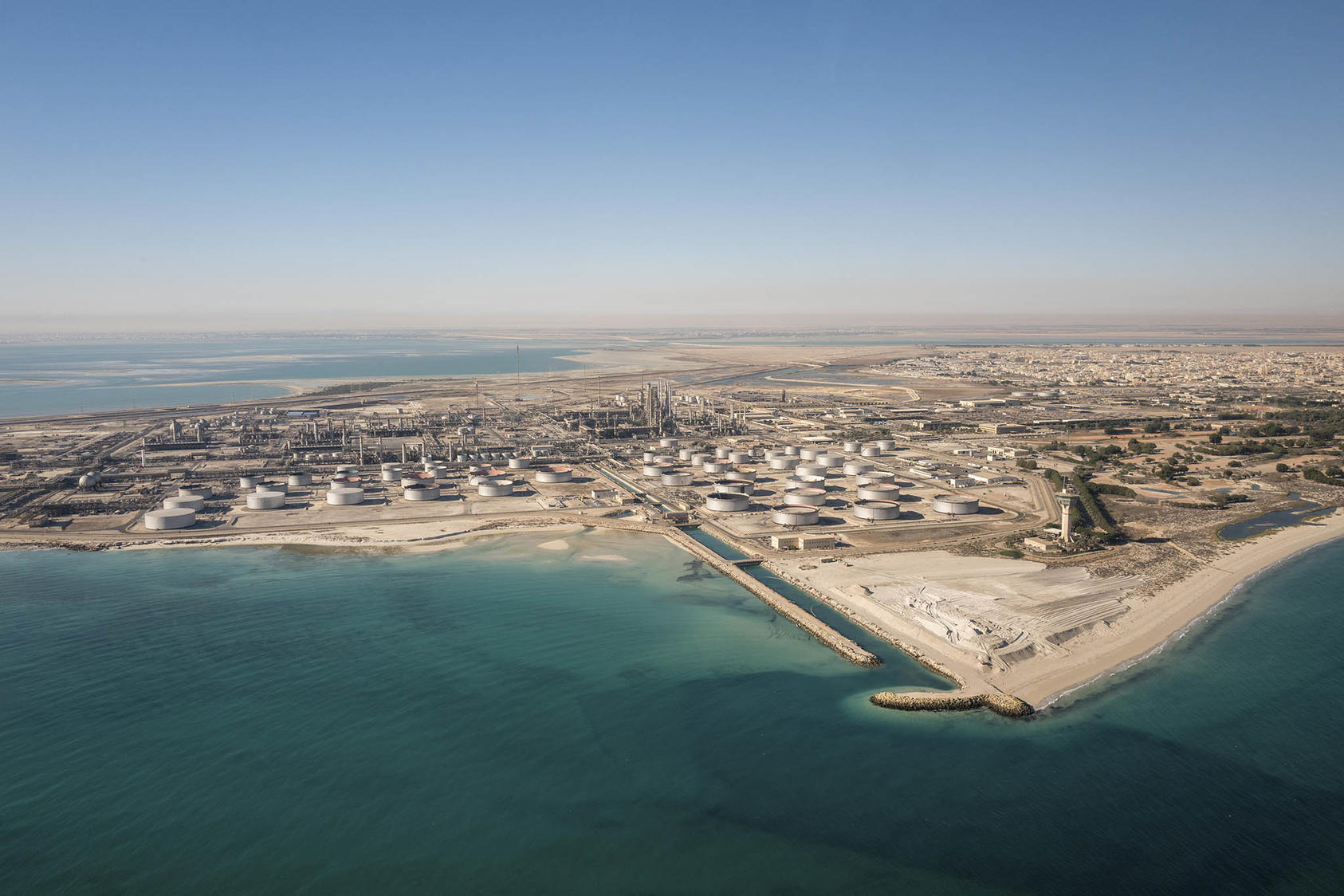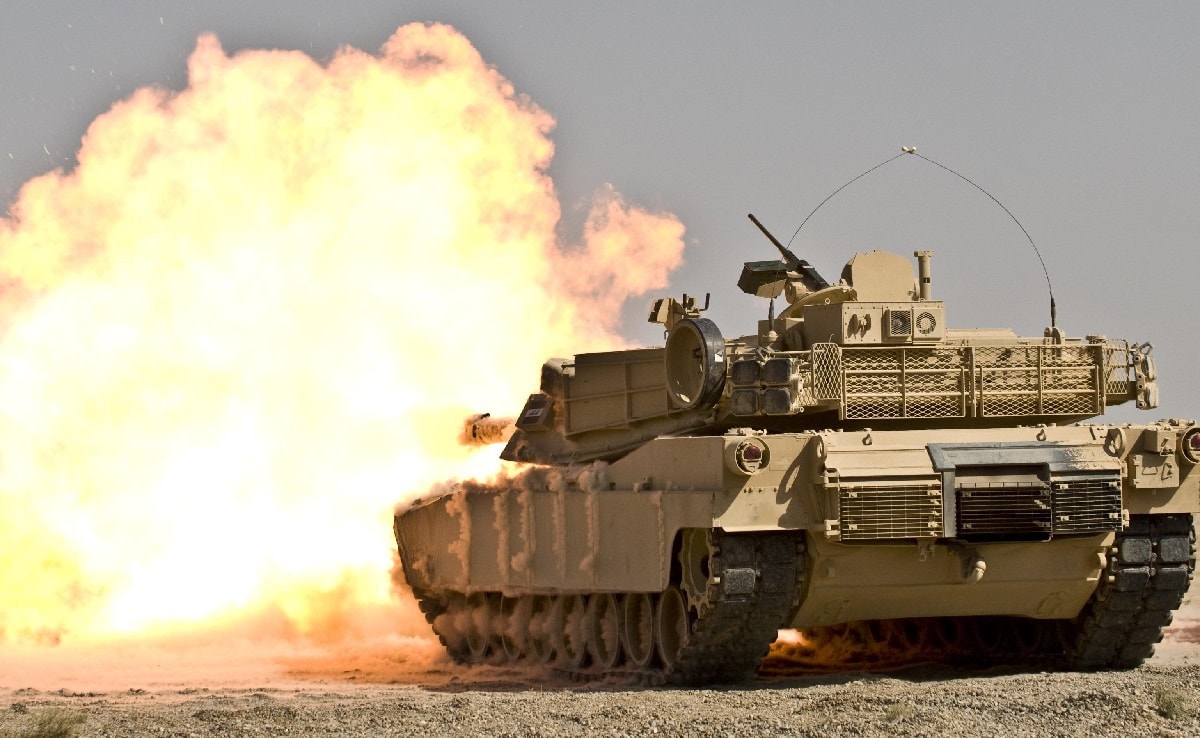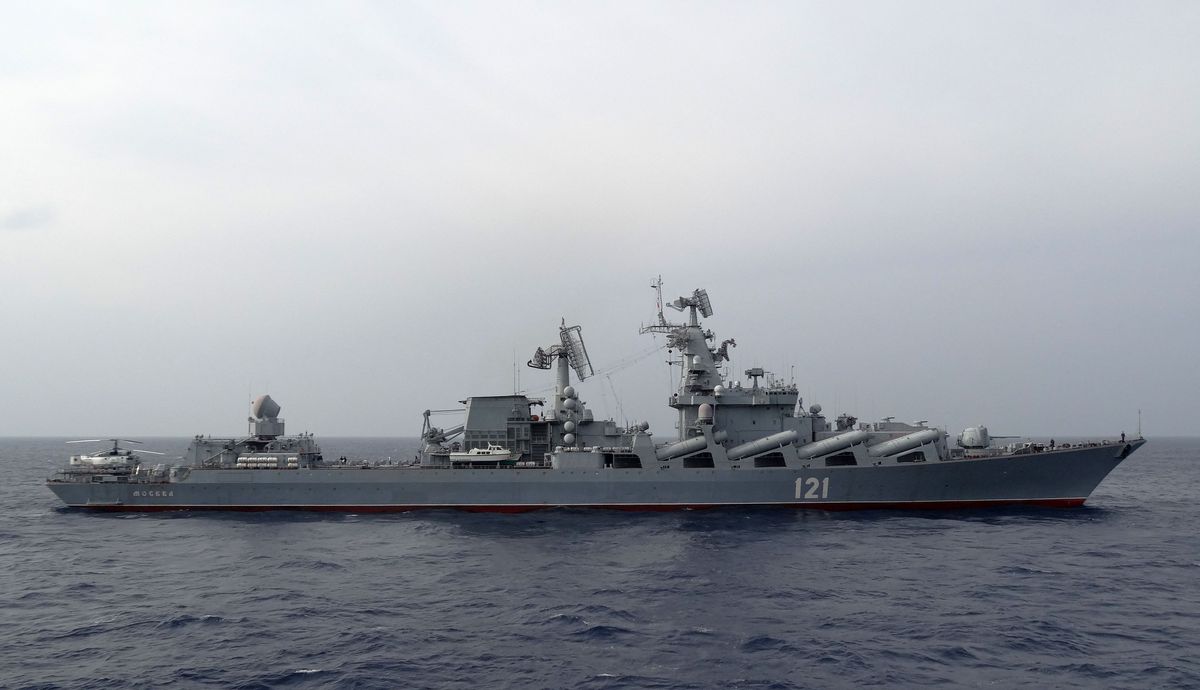CARL BILDT

STOCKHOLM – In 2023, India will overtake China as the world’s most populous country. And while China has already passed its demographic zenith and begun to age, India’s ascent will continue for decades.
To be sure, after abandoning its socialist model in 1991, India has struggled to boost its economic growth, whereas China’s four decades of “reform and opening” have lifted hundreds of millions of people out of poverty and brought high-income status within sight. As a result, its economy is now six times larger than India’s, and the difference between the two countries’ basic infrastructure is glaring. But with Chinese President Xi Jinping moving his country back in a more statist direction, growth has slowed substantially.
Meanwhile, India’s economy has been outpacing most others this year, and Indian Prime Minister Narendra Modi seems determined to put his country on a path to close the gap with China. This fall, India surpassed the United Kingdom to become the world’s fifth-largest economy, and recent estimates suggest that its current policies and growth rates will make it the third-largest national economy in a decade or so. While its projected growth rate for 2023 is below that of 2022 (5.9% compared to 6.9%), a rapid ascent up the global economic ladder remains well within reach.













